Home>Garden Essentials>What Do Columbine Seeds Look Like
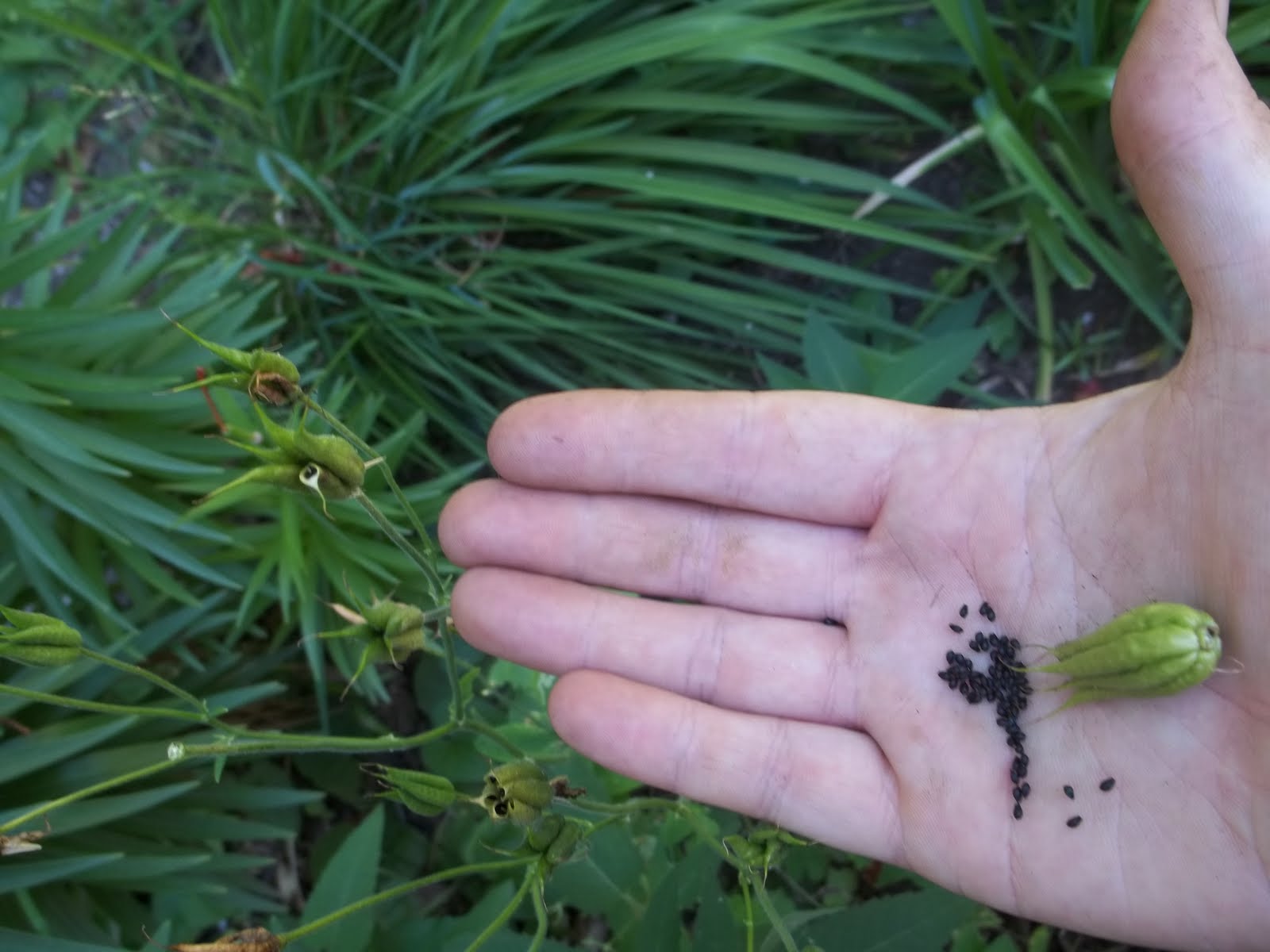

Garden Essentials
What Do Columbine Seeds Look Like
Modified: August 16, 2024
Discover the appearance of garden columbine seeds. Learn what garden columbine seeds look like and how to identify them in your garden.
(Many of the links in this article redirect to a specific reviewed product. Your purchase of these products through affiliate links helps to generate commission for Storables.com, at no extra cost. Learn more)
Introduction
Welcome to the world of gardening! If you’re a gardening enthusiast or just starting out on your green journey, you’ve likely come across the term “columbine seeds.” But what exactly are these seeds, and what do they look like? In this article, we’ll explore the fascinating world of columbine seeds and unravel their physical characteristics, colors, patterns, sizes, and shapes.
Columbine, also known by its scientific name Aquilegia, is a beautiful flowering plant that belongs to the Ranunculaceae family. It is native to North America and is renowned for its striking ornamental flowers. These delicate flowers come in various vibrant colors, including red, pink, purple, yellow, and white, making them a popular choice for gardeners and horticulturists.
But before these vibrant flowers can be enjoyed, they start their journey as tiny, humble seeds. Columbine seeds are the beginning of the plant’s life cycle, holding the potential for growth and blossoming into a stunning display of floral beauty. Understanding the physical characteristics of these seeds is essential for gardeners looking to cultivate columbines in their gardens or landscapes.
In the following sections, we’ll delve into the intricate details of columbine seeds, including their colors, patterns, sizes, shapes, and the process of germination. We’ll also explore the significance of columbine seeds in gardening and provide some tips on collecting and storing them for future use.
So, if you’re ready to embark on a journey of discovery and gain insights into the world of columbine seeds, let’s dive in and uncover the fascinating aspects of these tiny, yet powerful, botanical wonders.
Key Takeaways:
- Columbine seeds are small, oval-shaped structures with hard, protective coatings. They come in various colors, patterns, and sizes, and play a crucial role in growing vibrant columbine plants.
- Understanding the germination process of columbine seeds is essential for successful cultivation. These tiny seeds hold immense importance in gardening, offering opportunities to enhance biodiversity and create ornamental beauty.
Read more: What Do Garlic Seeds Look Like
Overview of Columbine Seeds
Columbine seeds are small, oval-shaped structures that are the key to growing columbine plants. They contain the genetic information required for the formation of a new plant, and with the right conditions, they can germinate and sprout into vibrant columbine flowers.
One of the remarkable characteristics of columbine seeds is their hard, protective coating, known as the seed coat. This outer layer acts as a shield, safeguarding the delicate embryo within from environmental factors such as extreme temperatures, moisture levels, and microbial attacks.
Columbine seeds are relatively lightweight and can be easily dispersed by wind, insects, or other means, allowing for the plant to spread and establish in new locations. Additionally, they have a long lifespan, with some seeds remaining viable for several years, ensuring the plant’s survival even under adverse conditions.
Understanding the various aspects of columbine seeds, such as their colors, patterns, sizes, and shapes, can provide valuable insights into identifying and distinguishing different columbine species and cultivars.
Columbine seeds are commonly harvested for propagation purposes. By collecting ripe seeds from mature columbine plants, gardeners can cultivate new plants with similar characteristics, ensuring a continuation of the desired traits, such as flower color and shape.
In the next sections, we will explore the physical characteristics of columbine seeds in more detail, including their colors, patterns, sizes, and shapes, providing you with a comprehensive understanding of these remarkable botanical wonders.
Physical Characteristics of Columbine Seeds
Columbine seeds exhibit a range of physical characteristics that make them unique and distinguishable. These characteristics include colors, patterns, sizes, and shapes, which can vary between different columbine species and cultivars.
Colors and Patterns: Columbine seeds can come in various colors and patterns. While most columbine seeds are typically dark brown or black, some may have lighter shades of brown or even a mottled appearance. The patterns on the seed coat can also differ, ranging from smooth and uniform to textured or ridged surfaces. These colors and patterns add an aesthetic element to the seeds and make them visually interesting.
Size and Shape: Columbine seeds are relatively small, typically measuring around 1-2 millimeters in diameter. They are oval or oblong in shape with slightly rounded ends. However, it’s important to note that the exact size and shape of columbine seeds can vary depending on the specific species or cultivar.
Texture: Columbine seeds have a smooth and firm texture, with the seed coat providing a protective layer. The texture can vary slightly, with some seed coats having a slightly rough or bumpy surface. Overall, the texture of columbine seeds is designed to withstand environmental challenges and provide the necessary protection for the embryo inside.
Weight: Columbine seeds are lightweight, allowing them to be easily dispersed by various means such as wind, insects, or animals. Their light weight increases the chances of the seeds finding suitable conditions for germination and colonization in different areas.
Germination Structures: When observed closely, columbine seeds may exhibit additional structures that aid in germination. These structures, such as tiny projections or folds on the seed coat, help the seed to absorb water and initiate the germination process when planted in suitable soil conditions.
By familiarizing yourself with these physical characteristics, you can gain a better understanding of columbine seeds and use that knowledge for identification, cultivation, and propagation purposes.
Now that we’ve explored the physical characteristics of columbine seeds, our next section will delve into the fascinating colors and patterns that adorn these tiny botanical gems.
Colors and Patterns of Columbine Seeds
The colors and patterns of columbine seeds add an intriguing visual element to these small botanical wonders. While the predominant color of columbine seeds is typically dark brown or black, there can be variations in shades and patterns, making each seed unique.
The dark brown or black color of most columbine seeds is attributed to the pigmentation of the seed coat. This coloration serves as a protective mechanism, helping to absorb heat and protect the delicate embryo inside from harmful UV radiation.
However, not all columbine seeds have a uniform dark color. Some may exhibit lighter shades of brown, giving them a speckled or mottled appearance. These variations in color can be attributed to genetic factors and can contribute to the aesthetic appeal of the seeds.
In addition to color, columbine seeds can also display various patterns on their seed coat. These patterns can range from smooth and uniform surfaces to textured or ridged designs. Some seeds may have a slightly bumpy or wavy texture, adding an interesting element to their appearance.
Furthermore, the patterns on columbine seeds can sometimes form intricate shapes, resembling delicate swirls or intricate mosaics. These patterns not only make the seeds visually appealing but also provide a unique identifier for different columbine species and cultivars.
It’s worth noting that while most columbine seeds follow a general color and pattern pattern, there may be natural variations and exceptions based on genetic factors, environmental conditions, and individual plant characteristics.
The diverse colors and patterns of columbine seeds add an element of intrigue and beauty to these small botanical marvels. Observing and appreciating these characteristics can serve as a delightful experience for gardeners and enthusiasts alike.
In our next section, we will explore the size and shape variations of columbine seeds, providing further insight into their physical characteristics.
Size and Shape of Columbine Seeds
Columbine seeds exhibit a consistent size and shape, although slight variations can occur depending on the specific species or cultivar. Understanding the size and shape of columbine seeds is essential for proper handling, planting, and identification purposes.
The average size of columbine seeds is typically around 1-2 millimeters in diameter. While they may seem tiny, these seeds contain all the genetic material necessary for the growth and development of a new plant. The small size of columbine seeds allows for easy dispersal by various means, such as wind, insects, or animals.
In terms of shape, columbine seeds are generally oval or oblong, with slightly rounded ends. This shape allows the seeds to be easily accommodated within the seed pod and facilitates their release and dispersal. However, it’s important to note that variations in shape can occur, ranging from more elongated to more rounded forms, depending on the specific columbine species or cultivar.
The consistent size and shape of columbine seeds make them suitable for propagation purposes. When collecting seeds for future planting, it’s crucial to handle them with care to avoid damage or loss. Using fine-tipped tweezers or small containers can help ensure the preservation of these delicate seeds.
Knowing the size and shape of columbine seeds can also aid in their identification. By comparing the characteristics of the seeds you have with reference images or descriptions, you can determine the specific columbine species or cultivar you are dealing with.
Whether you’re a gardener, horticulturist, or simply an admirer of these beautiful plants, recognizing the size and shape of columbine seeds can provide valuable insights into their growth and contribute to a successful gardening experience.
In our next section, we will explore the germination process of columbine seeds, unraveling the magic behind their transformation into flourishing columbine plants.
Columbine seeds are small, round, and dark in color. They are often shiny and can vary in size, but are generally about the size of a peppercorn.
Read more: What Do Salvia Seeds Look Like
Germination Process of Columbine Seeds
The germination process marks the transformation of columbine seeds into vibrant and flourishing columbine plants. Understanding the germination process is essential for successful cultivation and propagation of these beautiful flowers.
The germination of columbine seeds requires specific environmental conditions to initiate growth. These conditions include moisture, oxygen, suitable temperature, and proper light exposure. When these factors align, the dormant seed springs to life, and the process of germination begins.
Upon sufficient moisture absorption, the hard seed coat of a columbine seed softens and swells. This process, known as imbibition, triggers biochemical changes within the seed, activating enzymes and initiating metabolic activities necessary for growth.
As the seed absorbs moisture, the embryo within the seed begins to expand and elongate. The radicle, or embryonic root, emerges first from the seed, followed by the cotyledons, which are the embryonic leaves. The cotyledons provide nourishment to the developing plant until it can independently photosynthesize and produce its own food through its true leaves.
Once the radicle establishes a firm grip within the soil, the shoot tip emerges and begins to grow upward towards the light. The process of germination is complete, and the tiny seedling starts its journey towards becoming a beautiful columbine plant.
The germination process of columbine seeds is influenced by environmental factors, such as temperature and light. Generally, columbine seeds require a period of cold stratification, which mimics the natural winter dormancy that many columbine species experience in their native habitats. This cold stratification period can be achieved by placing the seeds in a moistened medium and storing them in a cool environment for several weeks. After this cold period, the seeds can be planted in a suitable growing medium to promote germination.
It’s important to provide proper care to germinating columbine seeds by ensuring a well-draining soil mix, adequate moisture levels, and appropriate light conditions. This will support the healthy development of the seedlings and increase the chances of successful growth.
By understanding the germination process of columbine seeds, gardeners can create optimal conditions for seedling establishment and successfully grow these remarkable plants in their gardens or landscapes.
In the next section, we will explore the importance of columbine seeds in gardening and the role they play in creating captivating floral displays.
Importance of Columbine Seeds in Gardening
Columbine seeds play a crucial role in gardening, offering numerous benefits and opportunities for gardeners and horticulturists. Let’s explore the importance of columbine seeds and the reasons why they are highly valued in the realm of gardening.
Biodiversity: Columbine seeds contribute to the preservation and promotion of biodiversity. By growing different columbine species and cultivars, gardeners can enhance the variety of plants in their gardens, creating a diverse and ecologically balanced environment. Columbine flowers attract pollinators such as bees and butterflies, further enriching the biodiversity of the garden.
Ornamental Beauty: Columbine seeds give rise to stunning ornamental flowers that add beauty and charm to any garden. With their delicate petals, vibrant colors, and unique shapes, columbine flowers create captivating floral displays. The range of flower colors available in columbine cultivars allows gardeners to design and create visually striking landscapes that are tailored to their personal preferences.
Adaptability: Columbine seeds demonstrate remarkable adaptability, allowing them to thrive in various growing conditions. They can be grown in different soil types, from sandy to loamy, as long as good drainage is provided. Columbine plants can also tolerate partial shade, making them a versatile choice for gardeners with varying light conditions in their gardens.
Low Maintenance: Once established, columbine plants are generally low maintenance. They are relatively drought-tolerant and require minimal watering once they are well-established. This makes them an excellent addition to water-wise or xeriscaped gardens. Columbine plants also self-sow readily, allowing for natural reseeding and the continual presence of these beautiful flowers in the garden.
Attract Beneficial Insects: Columbine flowers attract beneficial insects, such as bees and butterflies, which are essential for pollination. By providing a food source and habitat for these pollinators, columbine plants contribute to the overall health and well-being of the garden ecosystem.
Education and Exploration: Growing columbine seeds provides an opportunity for education and exploration. It allows gardeners to learn more about the life cycle of plants and gain hands-on experience in seed propagation and gardening techniques. It also encourages an appreciation for the natural world and fosters a deeper connection with the plants we cultivate.
Overall, the importance of columbine seeds in gardening cannot be overstated. They offer a range of benefits, from enhancing biodiversity and providing ornamental beauty to attracting beneficial insects and encouraging environmental stewardship. By incorporating columbine seeds in their gardens, gardeners can enjoy the rewards of these remarkable plants while contributing to the overall health and vibrancy of their gardening spaces.
In our next section, we will provide some tips for collecting and storing columbine seeds to ensure their viability for future use.
Tips for Collecting and Storing Columbine Seeds
Collecting and storing columbine seeds is an exciting endeavor that allows you to preserve the unique characteristics of your favorite columbine plants. Whether you want to propagate new plants or save seeds for future use, here are some helpful tips to ensure successful collection and storage of columbine seeds:
Timing: It’s important to collect columbine seeds at the right time to ensure their viability. Wait until the seed pods have turned brown and dried on the plant. The seeds should be fully developed and mature. Avoid collecting seeds when they are still green, as they are not yet ready for storage.
Seed Collection: Carefully harvest the seed pods from mature columbine plants. Gently pinch or cut the pods from the stem, taking care not to damage or drop any seeds. Place the seed pods in a clean container or paper bag to prevent loss.
Drying: After collecting the seed pods, allow them to dry further in an open, well-ventilated area. This will help to remove any remaining moisture and reduce the chances of mold or fungal growth. Ensure that the seeds are completely dry before proceeding to the next step.
Seed Separation: Once the seed pods are dry, gently open them to access the seeds. Carefully remove the seeds from the pod, taking care not to damage them. You can use your fingers or small tweezers to extract the seeds. Be cautious not to mix different varieties of seeds together if you are collecting from multiple columbine plants.
Cleaning: To remove any remaining debris or chaff, you can lightly blow on the seeds or use a fine sieve to separate them from any unwanted materials. This step helps ensure that only clean, viable seeds are stored.
Storage Containers: Choose suitable storage containers for your columbine seeds. Ideal options include paper envelopes or small, labeled seed packets. Avoid using plastic bags as they can trap moisture, potentially leading to seed spoilage.
Labeling: Properly label your seed containers with the name of the columbine species or cultivar, collection date, and any other relevant information. This will help you keep track of the different seeds you have stored and their specific characteristics.
Storage Conditions: Store the labeled seed containers in a cool, dry, and dark place. A temperature of around 40°F (4°C) is generally suitable for most columbine seeds. Avoid exposing the seeds to high temperatures or rapid temperature fluctuations, as this can reduce their viability.
Longevity: Columbine seeds can remain viable for several years if stored properly. However, it’s best to use the seeds within one to two years for optimal germination rates.
By following these tips, you can effectively collect and store columbine seeds, ensuring their viability for future gardening endeavors. Whether you want to propagate new plants or share seeds with other gardening enthusiasts, the ability to collect and store columbine seeds opens up a world of possibilities.
As we conclude our journey through the world of columbine seeds, we hope you feel inspired to explore these botanical wonders and incorporate their beauty into your own garden or landscape.
Conclusion
Columbine seeds are not only the starting point for the growth of beautiful columbine plants, but they also hold the promise of creating vibrant floral displays in gardens and landscapes. Understanding the physical characteristics of columbine seeds, including their colors, patterns, sizes, and shapes, allows gardeners to appreciate their unique beauty and aids in plant identification.
The germination process of columbine seeds is a remarkable transformation, as these tiny seeds give rise to thriving plants that attract beneficial insects and contribute to biodiversity. By providing the right environmental conditions and proper care, gardeners can successfully grow columbine seeds into stunning floral specimens.
Columbine seeds hold immense importance in gardening, offering opportunities to enhance biodiversity, create ornamental beauty, and promote environmental education and exploration. Their adaptability, low maintenance nature, and ability to attract pollinators make them a valuable addition to any garden.
When collecting and storing columbine seeds, it’s vital to keep timing, proper drying, and appropriate storage conditions in mind. By following the tips outlined for collection and storage, gardeners can ensure the longevity and viability of these precious seeds.
As you embark on your gardening journey, consider the wonder and potential contained within columbine seeds. From their small size and diverse colors to their fascinating patterns and the magic of their germination process, columbine seeds are a testament to the beauty and resilience of nature.
So, whether you’re a seasoned gardener or a green thumb beginner, don’t hesitate to explore the world of columbine seeds. Cultivate these remarkable plants, observe their growth, and witness the enchanting beauty they bring to your outdoor spaces.
Embrace the wonders of columbine seeds and let nature’s artistry unfold in your garden.
Frequently Asked Questions about What Do Columbine Seeds Look Like
Was this page helpful?
At Storables.com, we guarantee accurate and reliable information. Our content, validated by Expert Board Contributors, is crafted following stringent Editorial Policies. We're committed to providing you with well-researched, expert-backed insights for all your informational needs.
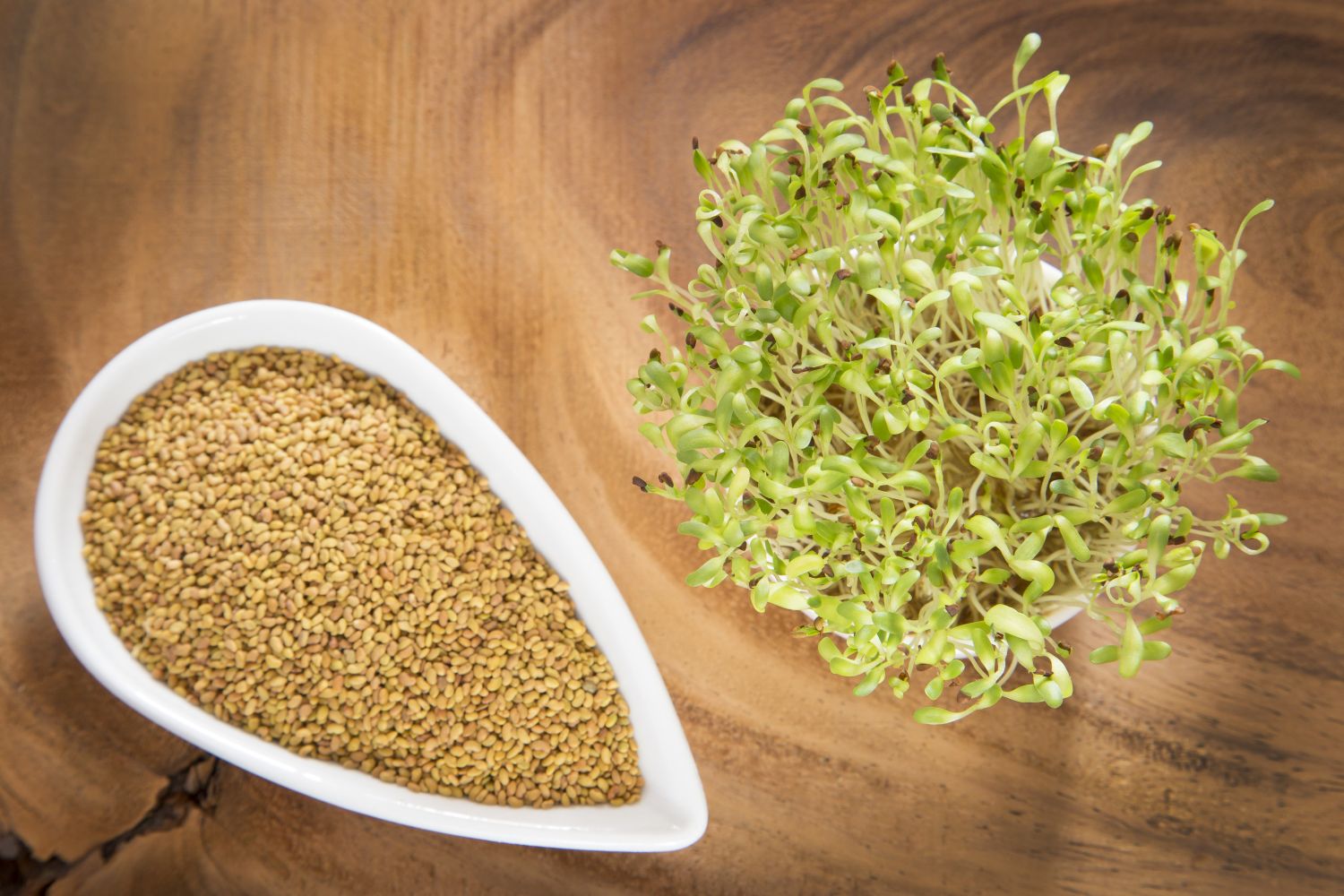
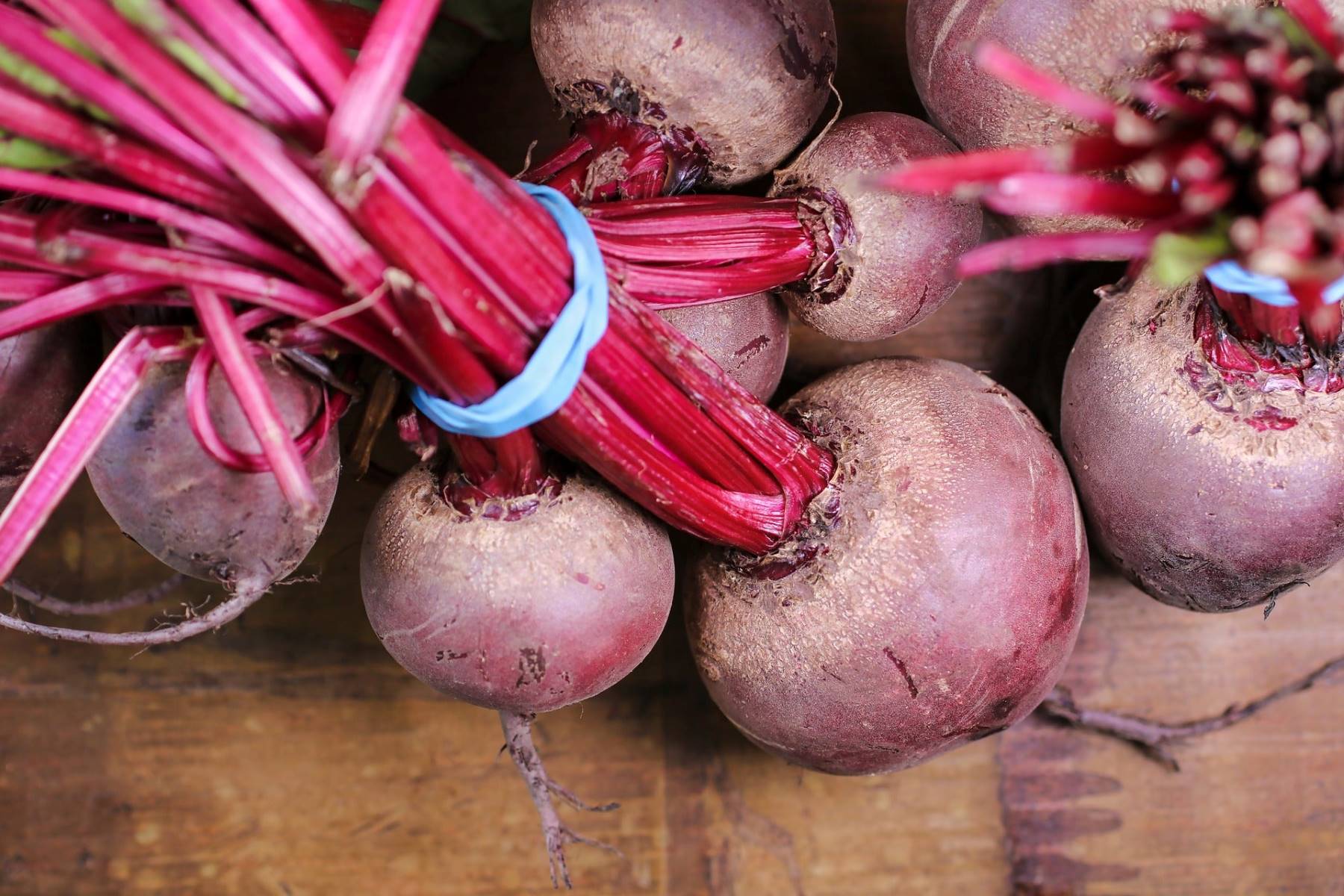
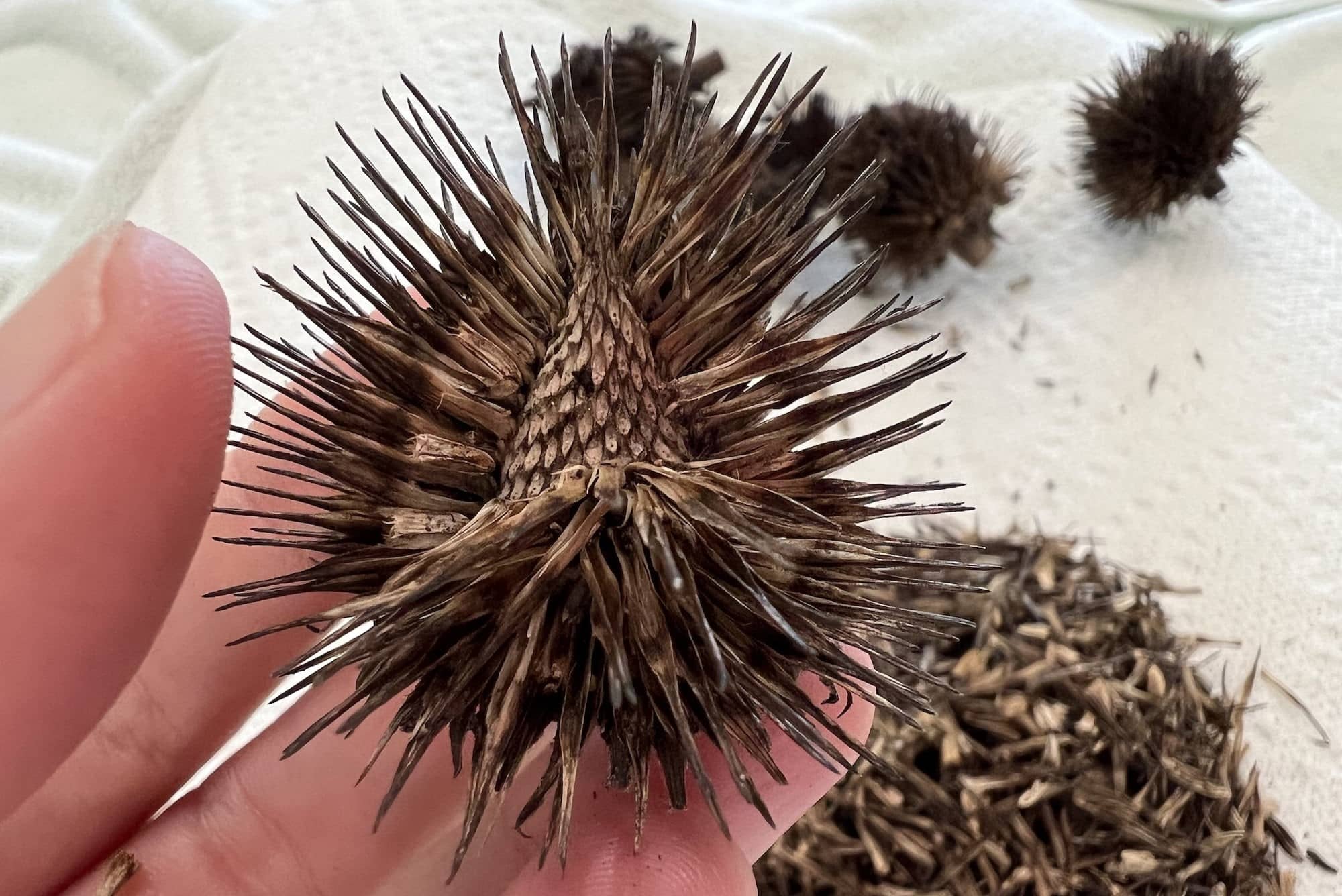
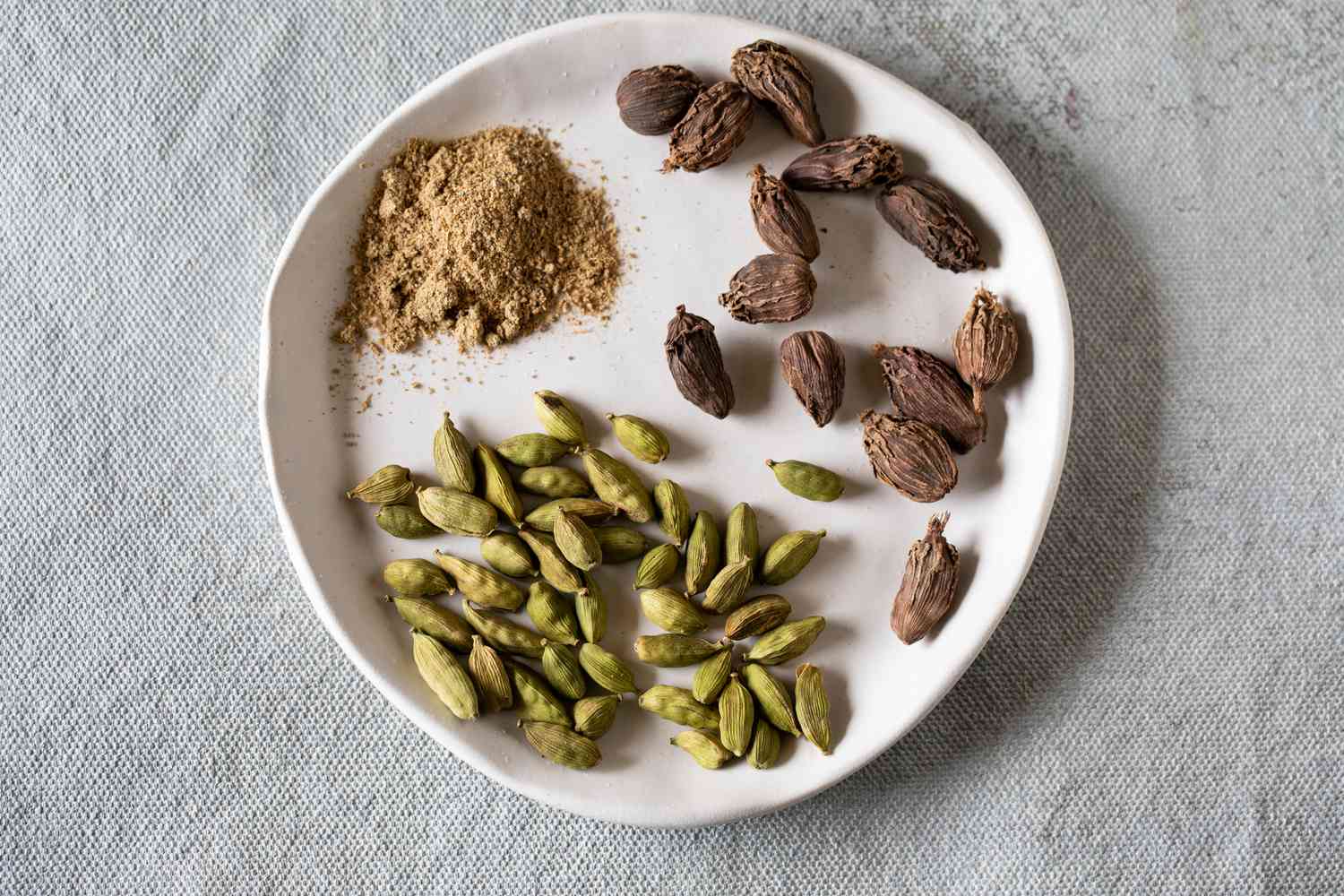
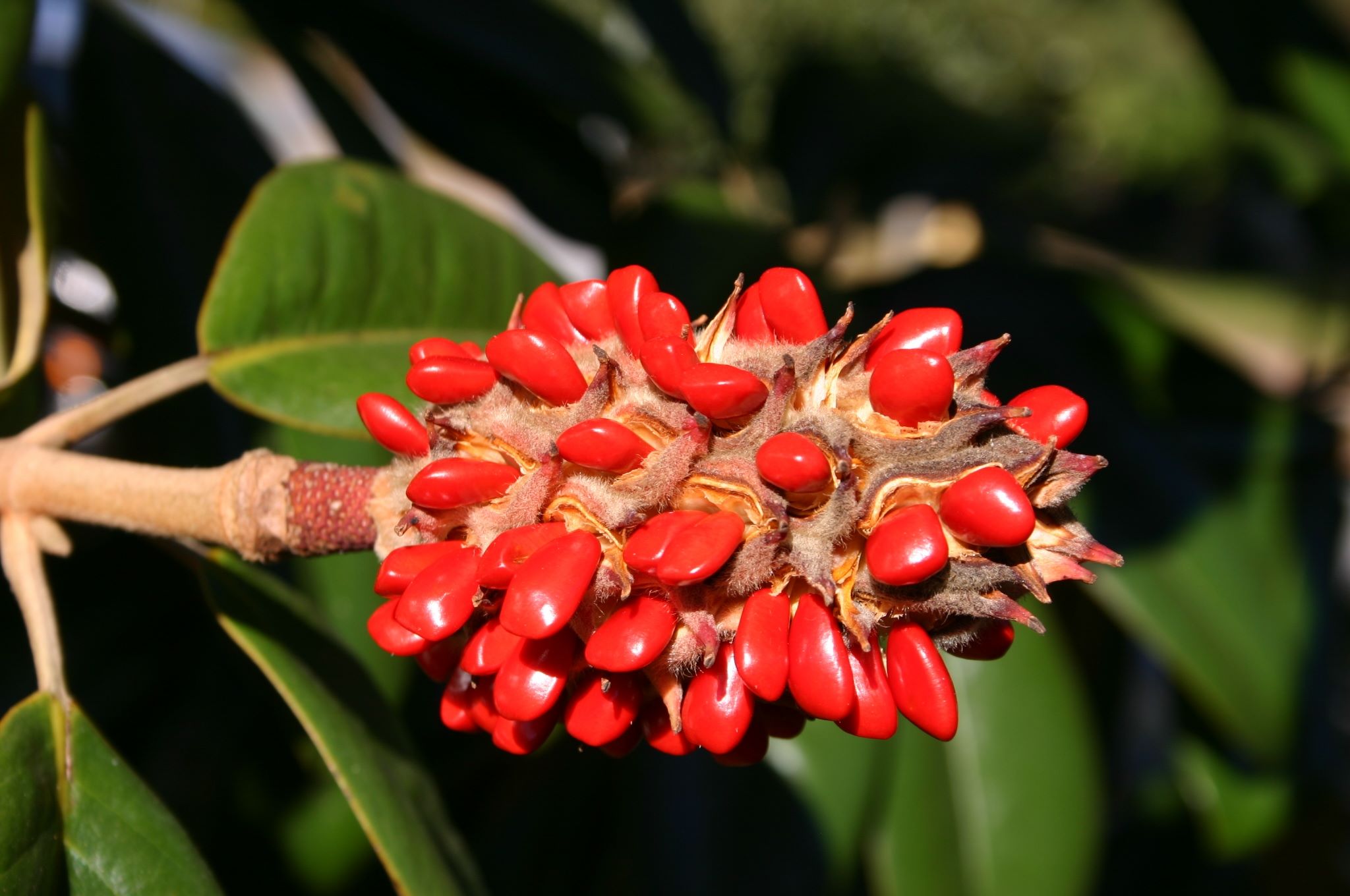
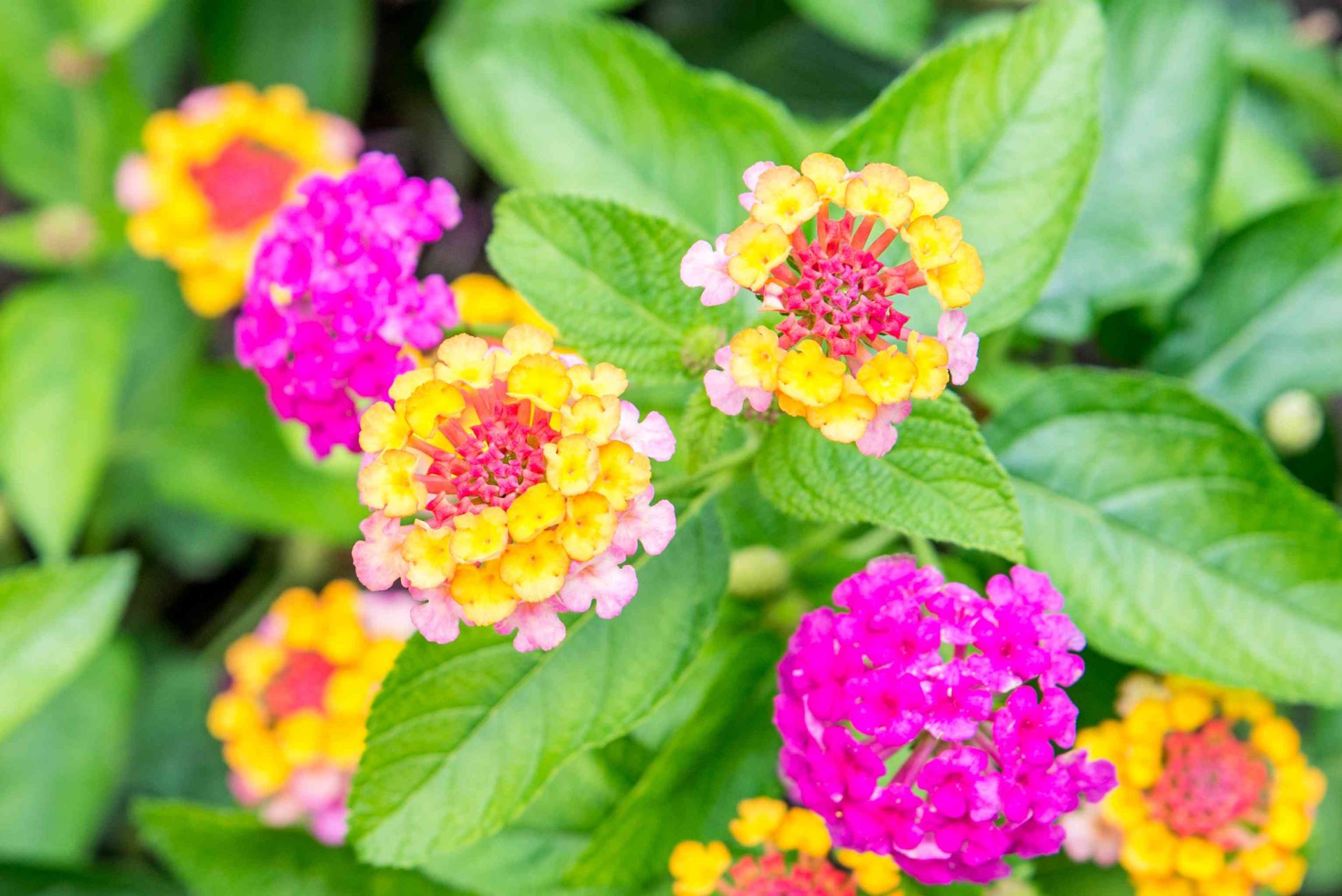
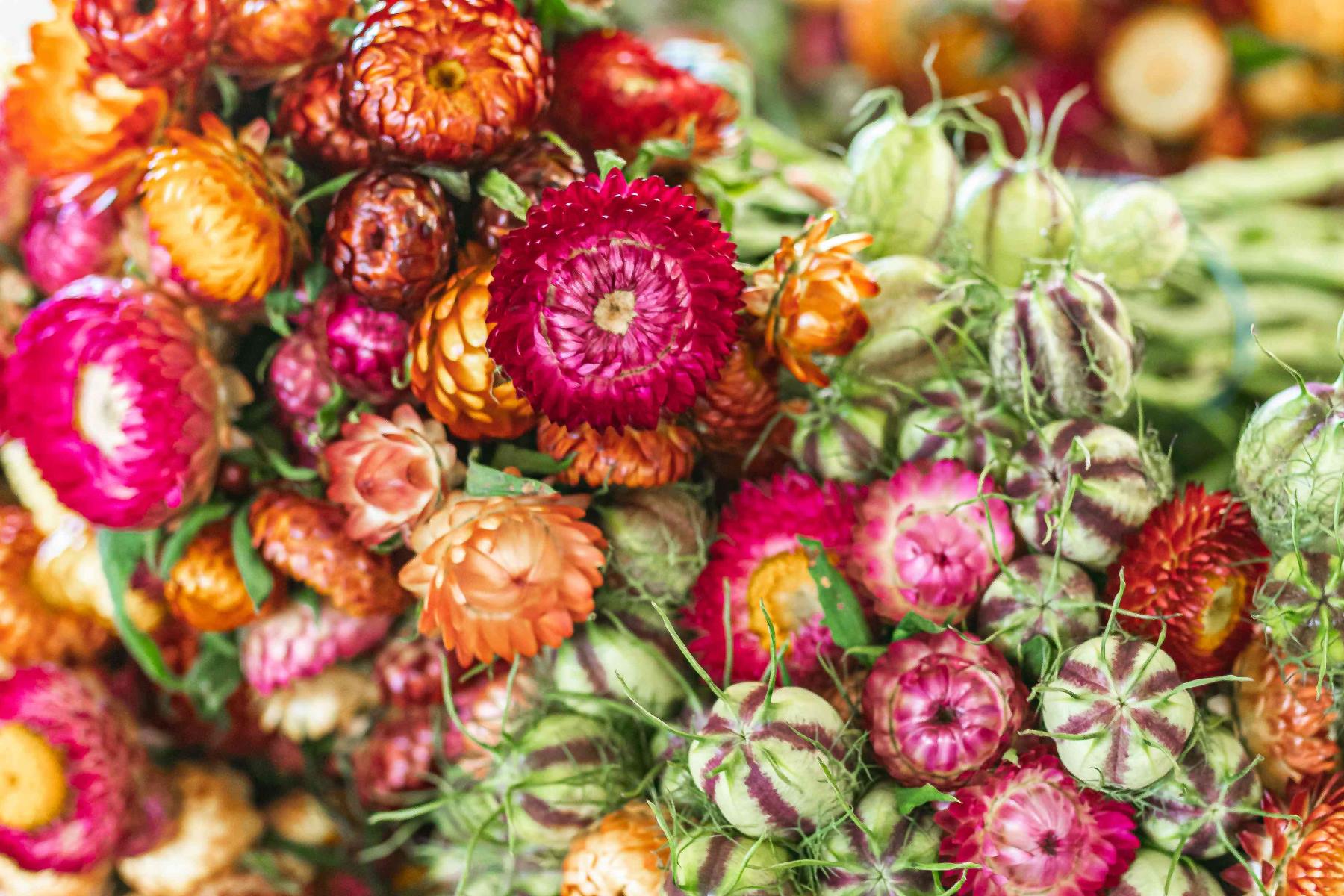
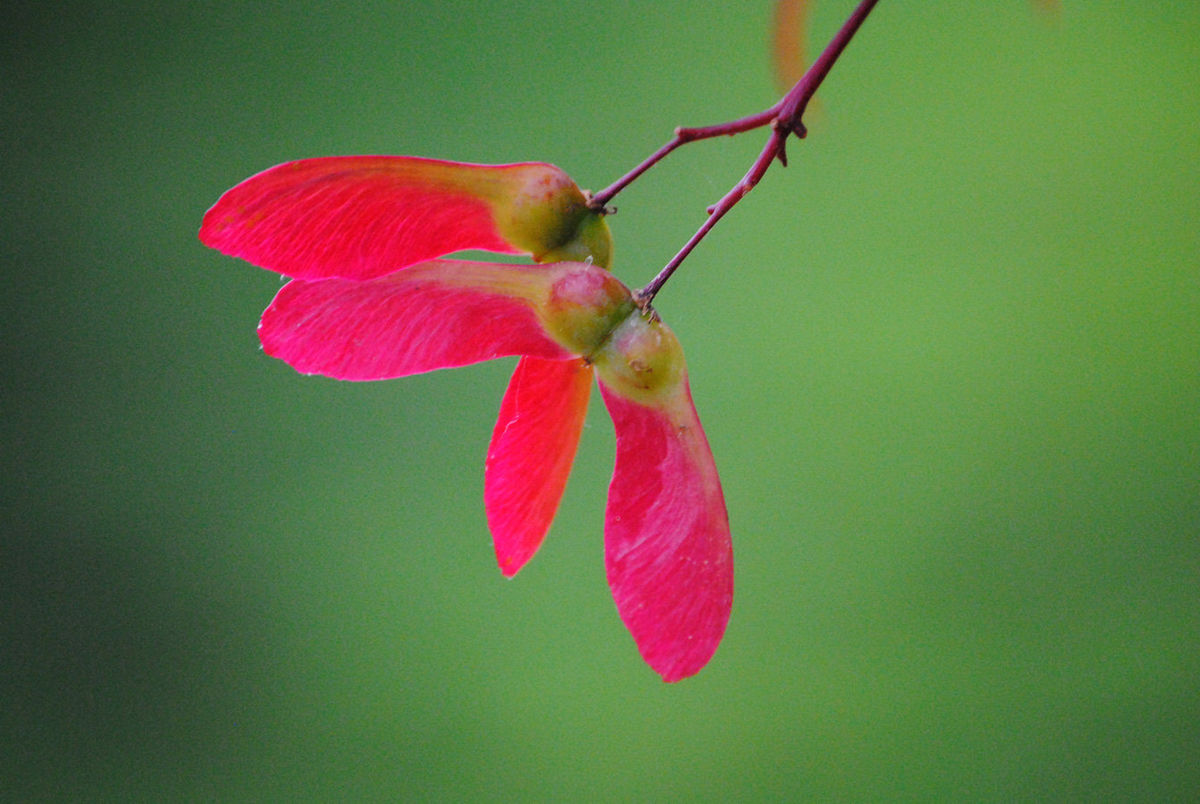
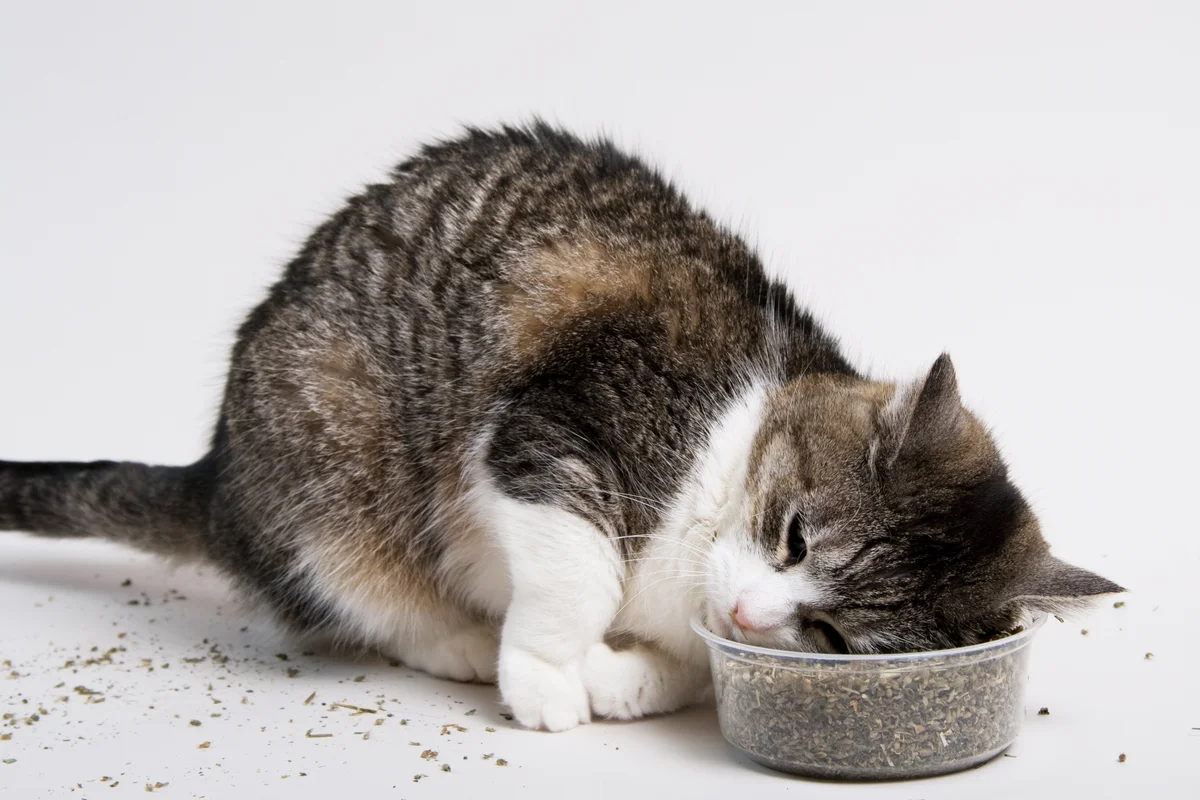
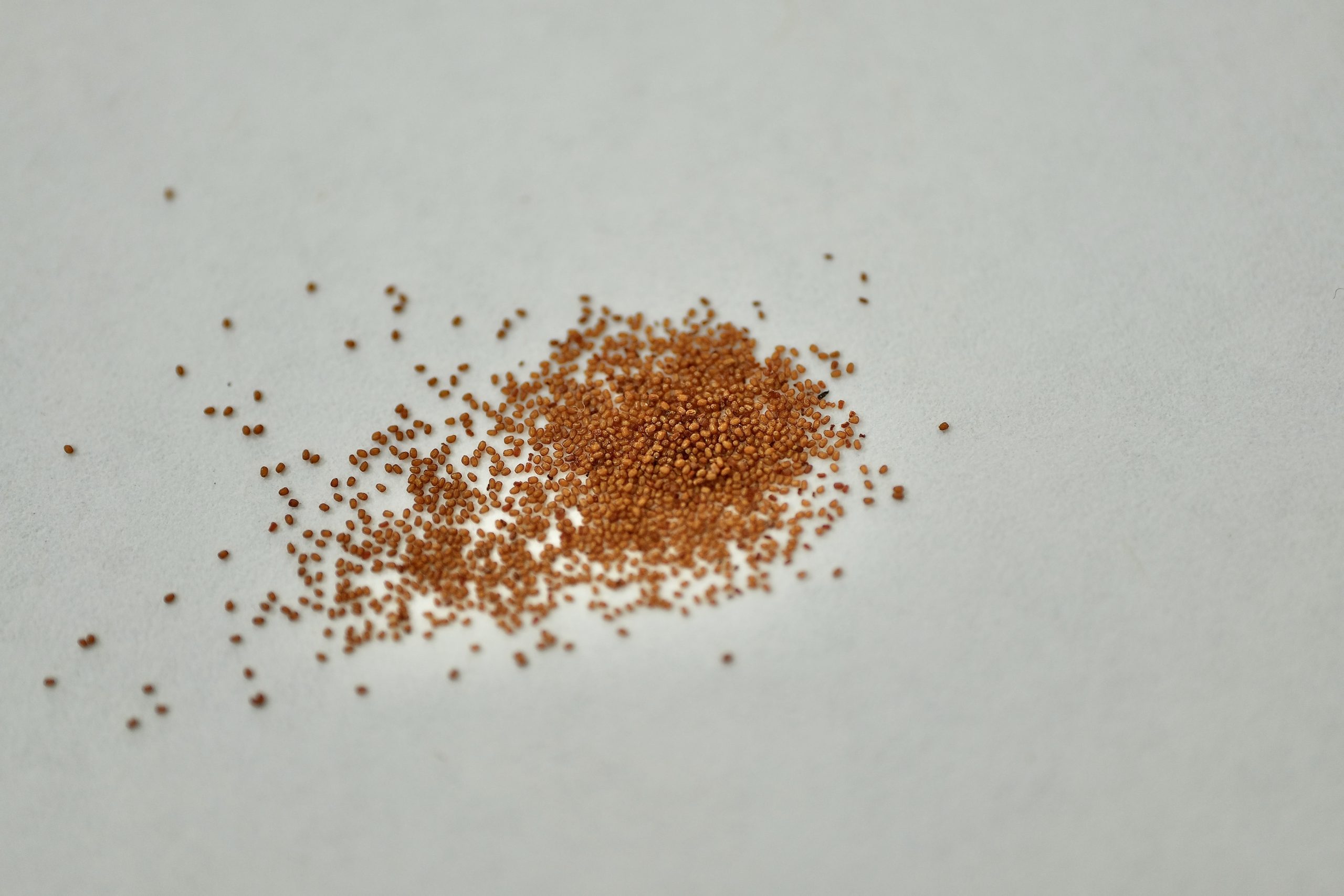
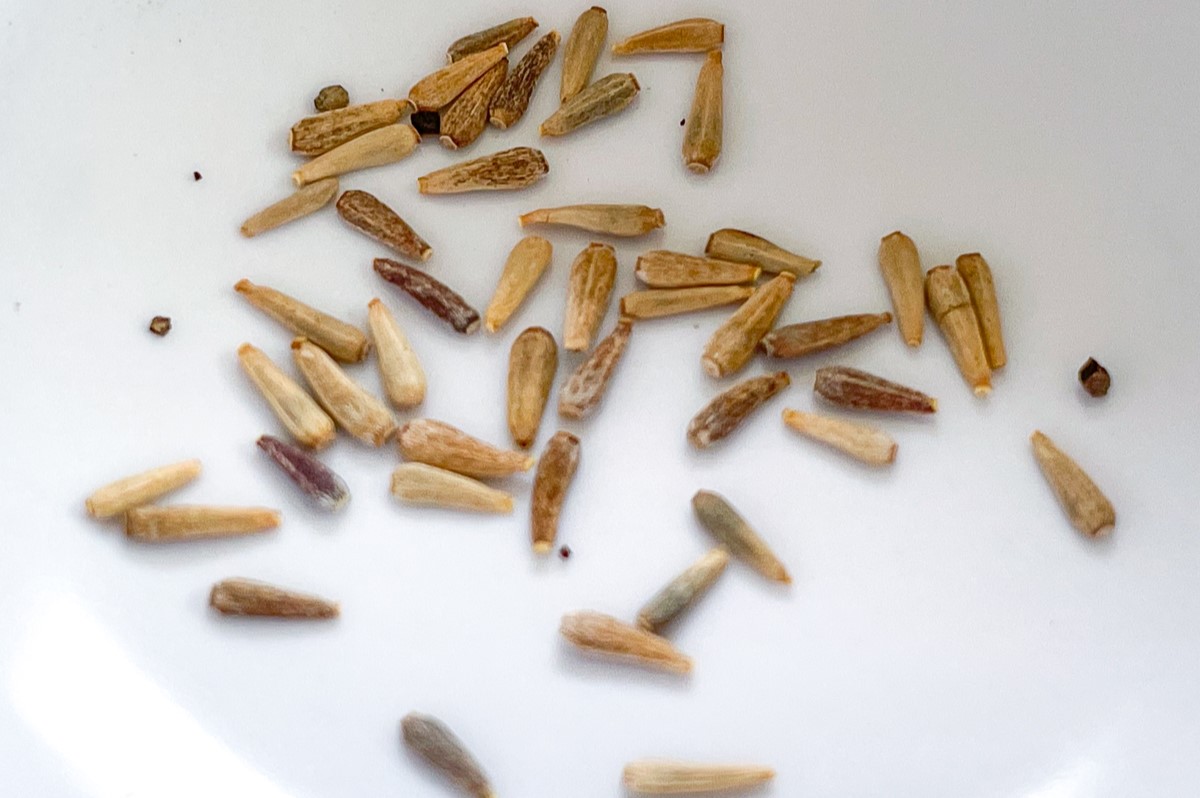
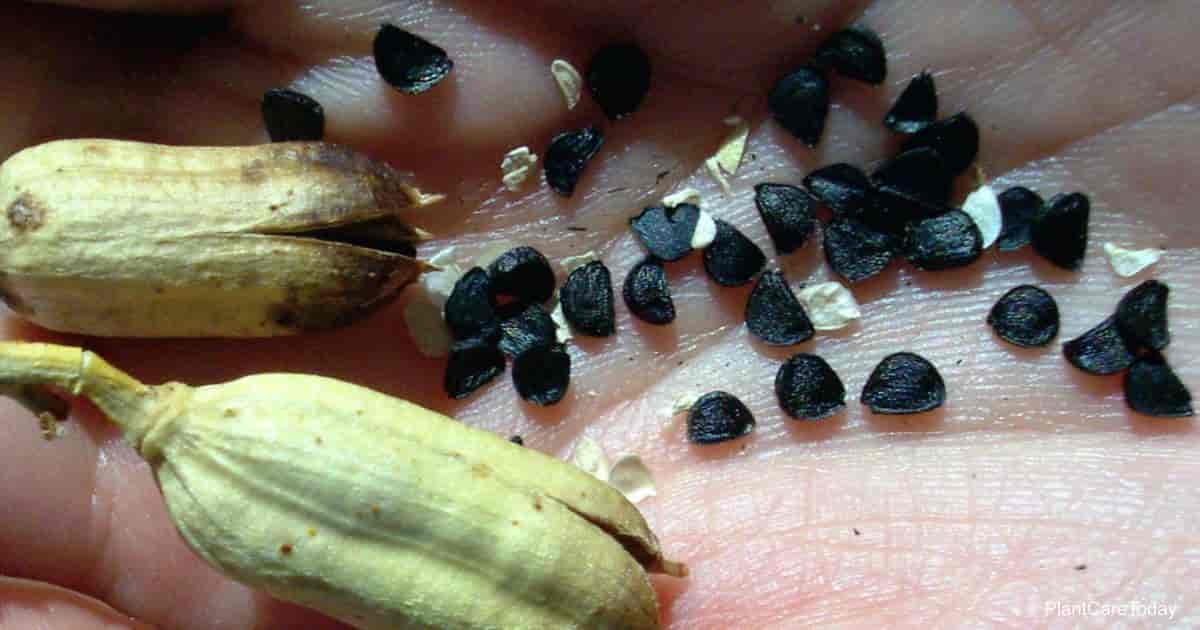
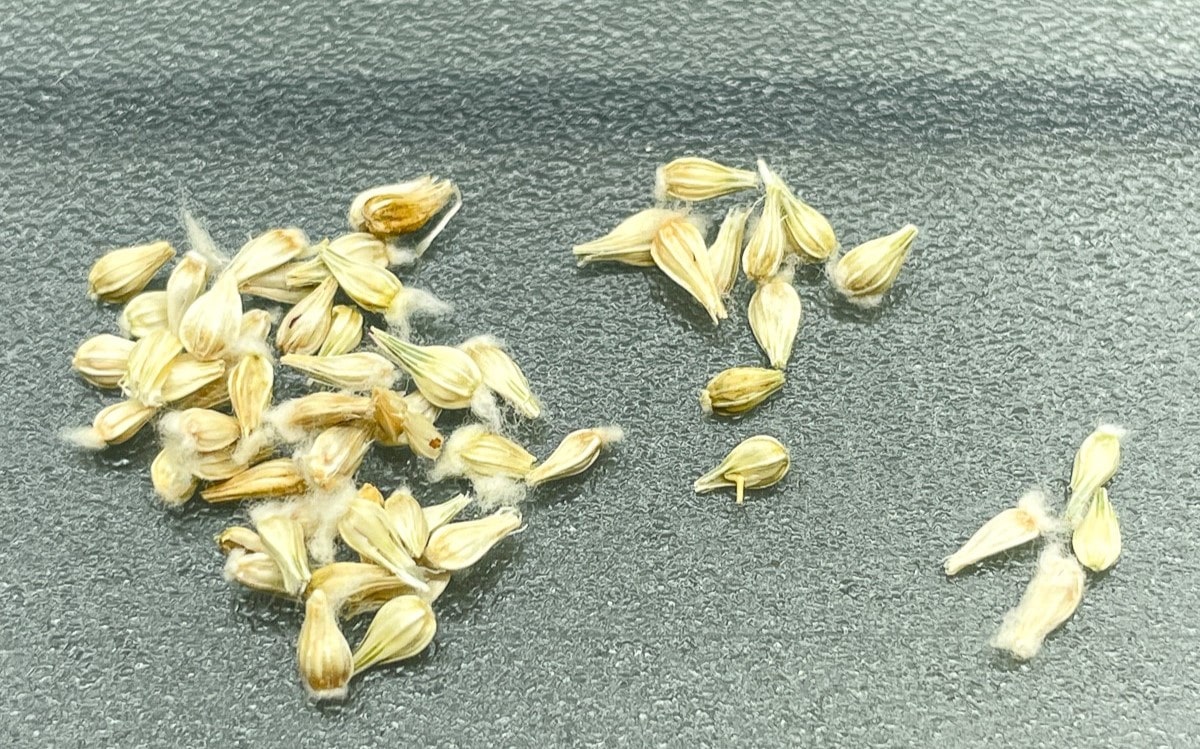
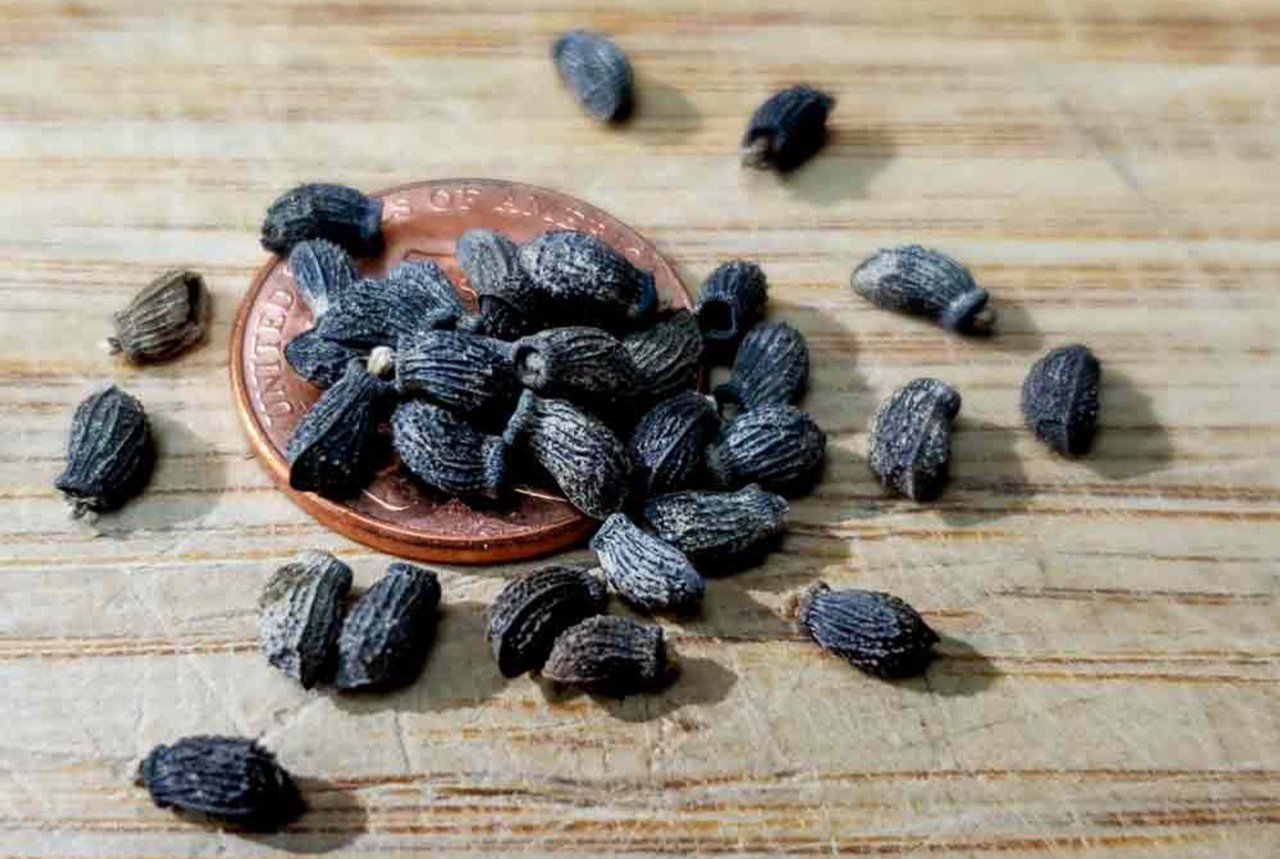

0 thoughts on “What Do Columbine Seeds Look Like”